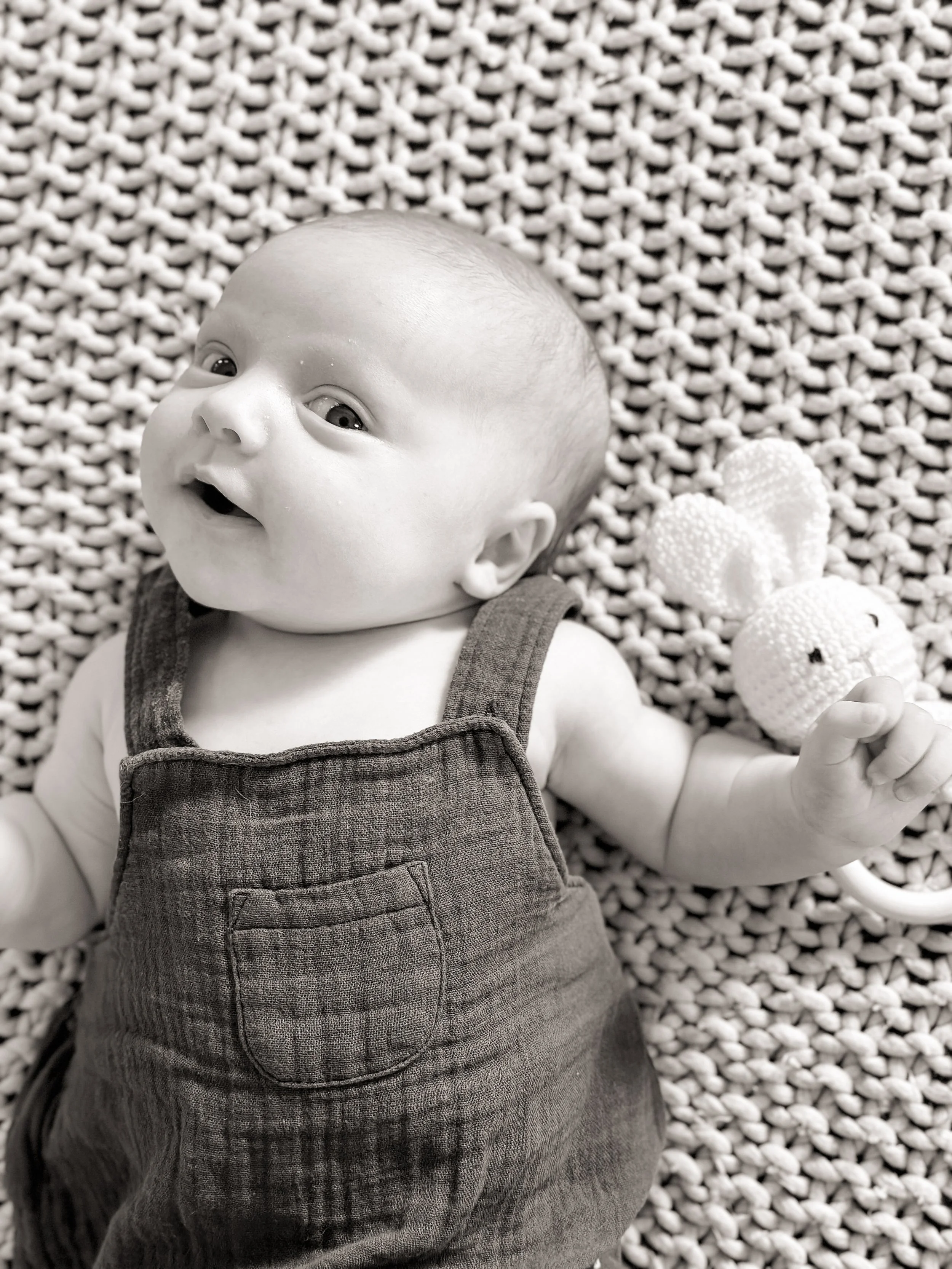Why Does My Baby Only Look In One Direction? Understanding Congenital Muscular Torticollis.
What is Congenital Muscular Torticollis?
As a parent, you always want the best for your baby, ensuring they grow up strong and healthy. One condition that can sometimes arise in newborns is Congenital Muscular Torticollis (CMT). This is a fairly common issue that may be present at birth or shortly after. You might notice your baby's head tilting to one side, with their chin turning to the opposite direction. This is often due to a shortened or tightened muscle in the neck called the sternocleidomastoid.
While the exact cause of CMT isn't entirely known, it may be linked to factors like your baby's position in the womb, a larger baby size, breech positioning, or even the use of forceps during delivery. But the good news is, with early detection and intervention, CMT can be effectively treated.
Signs to Look For
As a parent, you're likely the first to notice if something seems off with your baby. Here are some signs that might suggest CMT:
Your baby consistently holds their head turned to one side.
They seem more comfortable nursing or eating from one side.
You notice limited neck movement.
There are slight delays in developmental milestones, or your baby shows asymmetrical movements.
You observe a flat spot (plagiocephaly) developing on your baby’s head.
Why Early Intervention Matters
The American Academy of Pediatrics suggests checking for head changes during your baby's early check-ups. However, neck symmetry isn't usually assessed until around two months. This is where your observation as a parent becomes vital. Early intervention can make a significant difference—if physical therapy begins before 1 month of age, treatment usually lasts just around 1.5 months. However, if treatment is delayed until after 6 months, it can take up to 9-10 months, and the results may not be as optimal.
How Could It Affect My Child?
If left untreated, a head turn preference can cause:
Cosmetic concerns including flattening of the head due to pressure from limited movement.
Delays in your baby’s development
Potential feeding difficulties.
Uneven use of both sides of the body, leading to delayed milestones.
How Physical Therapy Can Help
The good news is that physical therapy is a cornerstone in treating torticollis. Here's how it can benefit your baby:
Comprehensive Evaluation: At Movevery, we take a holistic approach, assessing your baby as a whole—how they move, sleep, and feed.
Bodywork and Manual Therapy: Torticollis isn’t just a neck issue. Techniques like Craniosacral Fascial Therapy (CFT) and Total Motion Release (TMR) can help relieve tension throughout your baby’s body, promoting better alignment.
Symmetrical Strengthening and Balance: Through play-based activities and purposeful movements, we help your baby strengthen muscles and improve their balance, encouraging symmetrical development.
Education on Positioning and Equipment: We’ll guide you on how to position your specific baby during play (like tummy time) to strengthen neck and shoulder muscles, and also assess ways to prioritize floor play over the use of container devices such as swings, bouncers, and baby chairs.
You’re Not Alone
Remember, torticollis is treatable with early intervention. Finding a physical therapist who takes a full-body approach, like our team at Movevery, can make all the difference in your baby’s development. Our gentle, hands-on techniques like CFT and TMR offer support for your baby’s overall healing.
If you have any concerns or notice signs of torticollis in your little one, trust your instincts and reach out. Consult your pediatrician or contact us directly for an evaluation. In Colorado, you can self-refer to physical therapy, so don’t hesitate to get the support your baby needs.
We’re here to help you every step of the way. Contact us at hello@moveverypt.com for a complimentary consultation. Together, we’ll ensure your baby thrives!

